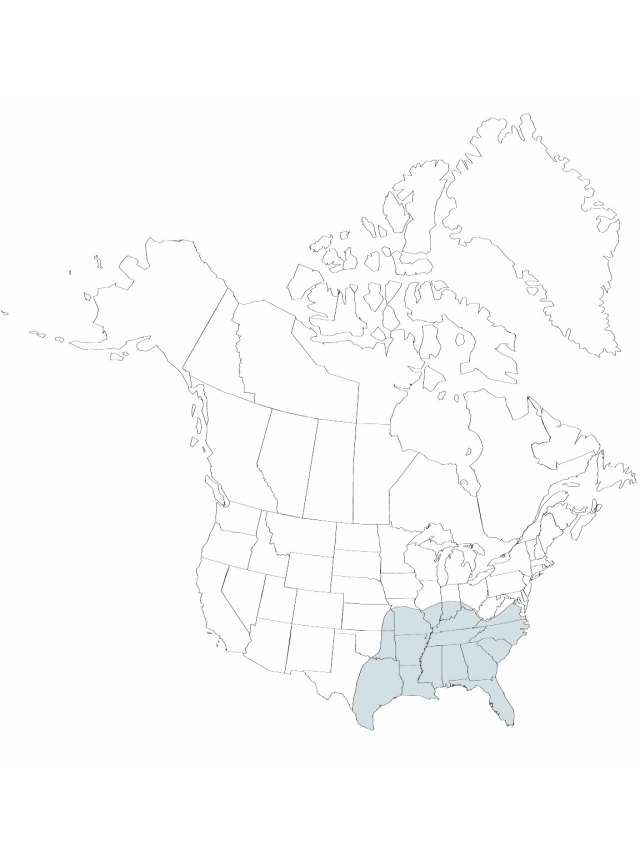Difference between revisions of "Commelina diffusa var. diffusa"
FNA>Volume Importer |
imported>Volume Importer |
||
| Line 3: | Line 3: | ||
|accepted_authority= | |accepted_authority= | ||
|publications= | |publications= | ||
| + | |special_status={{Treatment/ID/Special_status | ||
| + | |code=W | ||
| + | |label=Weedy | ||
| + | }}{{Treatment/ID/Special_status | ||
| + | |code=I | ||
| + | |label=Introduced | ||
| + | }} | ||
|basionyms= | |basionyms= | ||
|synonyms={{Treatment/ID/Synonym | |synonyms={{Treatment/ID/Synonym | ||
| Line 22: | Line 29: | ||
|habitat=Disturbed situations (lawns, gardens, and cultivated ground), moist places, and woods | |habitat=Disturbed situations (lawns, gardens, and cultivated ground), moist places, and woods | ||
|distribution=Ala.;Ark.;D.C.;Fla.;Ga.;Ill.;Ind.;Kans.;Ky.;La.;Md.;Miss.;Mo.;N.C.;Ohio;Okla.;S.C.;Tenn.;Tex.;Va.;pantropical. | |distribution=Ala.;Ark.;D.C.;Fla.;Ga.;Ill.;Ind.;Kans.;Ky.;La.;Md.;Miss.;Mo.;N.C.;Ohio;Okla.;S.C.;Tenn.;Tex.;Va.;pantropical. | ||
| + | |introduced=true | ||
|discussion=<p>The report of this plant from Minnesota (H. A. Gleason and A. Cronquist 1991) is probably based on wrongly determined material.</p> | |discussion=<p>The report of this plant from Minnesota (H. A. Gleason and A. Cronquist 1991) is probably based on wrongly determined material.</p> | ||
|tables= | |tables= | ||
| Line 44: | Line 52: | ||
|publication title= | |publication title= | ||
|publication year= | |publication year= | ||
| − | |special status= | + | |special status=Weedy;Introduced |
| − | |source xml=https:// | + | |source xml=https://bibilujan@bitbucket.org/aafc-mbb/fna-data-curation.git/src/bb6b7e3a7de7d3b7888a1ad48c7fd8f5c722d8d6/coarse_grained_fna_xml/V22/V22_567.xml |
|genus=Commelina | |genus=Commelina | ||
|species=Commelina diffusa | |species=Commelina diffusa | ||
Revision as of 21:24, 27 May 2020
Herbs, annual (sometimes perennial in south), diffusely spreading, rooting at nodes. Leaves: blade lanceolate to lanceolate-oblong, lanceolate-elliptic or ovate, 1.5–5(–8) cm, 0.5–1.8(–2.2) cm, apex acute to acuminate. Inflorescences: proximal cyme 2–4-flowered, distal cyme of larger spathes usually exserted, 1–several-flowered; spathes solitary, pedunculate, usually distinctly falcate, (0.5–)0.8–2.5(–3.7) × 0.4–1.2(–1.4) cm, apex usually acuminate; peduncles 0.5–2(–2.9) cm. Flowers blue (rarely lavender); medial stamen anther connective with broad, transverse band of violet. Capsules 3-locular, 2-valved, 4–6.3 × (2.1–)3–4 mm. Seeds 5, brown, 2–2.8(–3.2) mm × 1.4–1.8 mm, deeply reticulate. 2n = 30.
Phenology: Flowering spring–fall.
Habitat: Disturbed situations (lawns, gardens, and cultivated ground), moist places, and woods
Distribution

Introduced; Ala., Ark., D.C., Fla., Ga., Ill., Ind., Kans., Ky., La., Md., Miss., Mo., N.C., Ohio, Okla., S.C., Tenn., Tex., Va., pantropical.
Discussion
The report of this plant from Minnesota (H. A. Gleason and A. Cronquist 1991) is probably based on wrongly determined material.
Selected References
None.